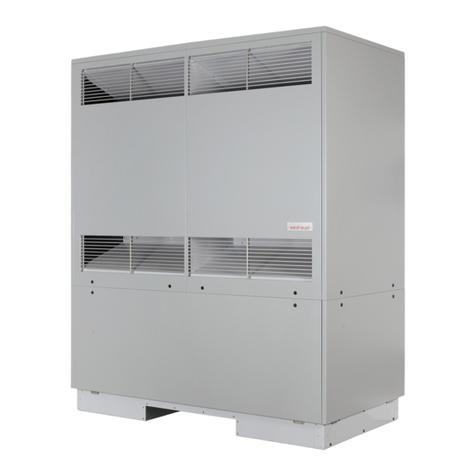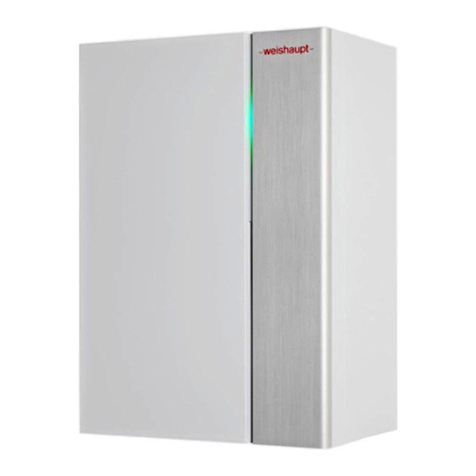
Installation and operating instructions
WWP LI 16-A R
452169.66.10 · 09/2020 · Rei 183321202
Table of contents
1 Safety notes ..................................................................................................................................... 2
1.1 Symbols and markings .............................................................................................. 2
1.2 Intended use ................................................................................................................ 2
1.3 Legal regulations and directives.............................................................................. 2
1.4 Energy-efficient use of the heat pump................................................................... 3
2 Intended use of the heat pump ............................................................................................. 4
2.1 Area of application...................................................................................................... 4
2.2 Operating principle..................................................................................................... 5
2.3 Functional description for integrated thermal energy metering ....................... 5
3 Scope of supply ............................................................................................................................. 6
3.1 Basic device.................................................................................................................6
3.2 Switch box.................................................................................................................... 7
3.3 Accessories pack ....................................................................................................... 8
4 Accessories ...................................................................................................................................... 9
4.1 Air conditioning ........................................................................................................... 9
4.2 Building management system.................................................................................. 9
5 Transport..........................................................................................................................................10
6 Installation.......................................................................................................................................13
6.1 General information..................................................................................................13
6.2 Condensate pipe ......................................................................................................14
6.3 Sound..........................................................................................................................14
7 Assembly..........................................................................................................................................15
7.1 General information..................................................................................................15
7.2 Air connection ...........................................................................................................15
7.3 Connection on heating side ...................................................................................17
7.5 Electrical connection................................................................................................21
8 Commissioning.............................................................................................................................24
8.1 General information..................................................................................................24
8.2 Preparation.................................................................................................................24
8.3 Procedure...................................................................................................................24
9 Cleaning / maintenance ..........................................................................................................26
9.1 Maintenance...............................................................................................................26
9.2 Cleaning the heating system..................................................................................26
9.3 Cleaning the air system...........................................................................................27
10 Faults / troubleshooting..........................................................................................................28
11 Decommissioning / disposal................................................................................................29
12 Device information......................................................................................................................30
Appendix........................................................................................................................................................I































